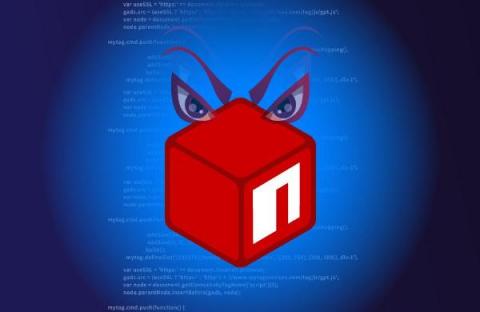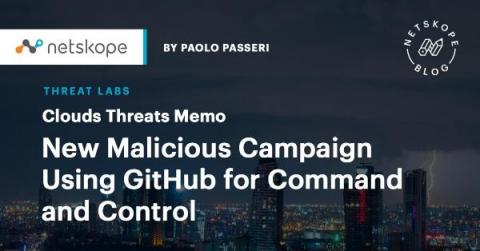What is a Botnet Attack? 5 Ways to Prevent It
A botnet is a cluster of machines that are infected with malware, enabling hackers to control them and unleash a string of attacks. Most commonly, botnets come in the form of distributed denial of service (DDoS) attacks, and recently the Microsoft Azure DDoS Protection team reported a 25% increase in these attacks when compared to the first half of 2021. Recent advances in technology have opened up a world of new opportunities for both consumers and businesses.











